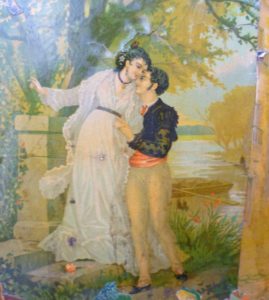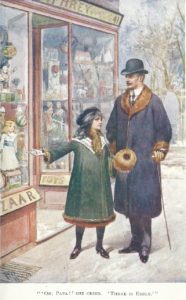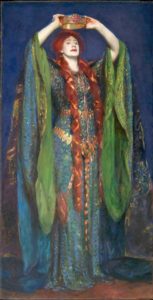This painting, ‘The Wounded Cavalier’ by William Shakespeare Burton, exhibited at the Royal Academy in 1856, has something about it which has always intrigued me. What’s going on? Why is the young Puritan looking down so disapprovingly. Why is the Cavalier lying wounded in the middle of a wood?

‘The Wounded Cavalier’ by William Shakespeare Burton (1824-1916), the Guildhall Art Gallery, London
Continue reading Every Picture Tells a Story: The Wounded Cavalier by W. S. Burton
Please share this page...








